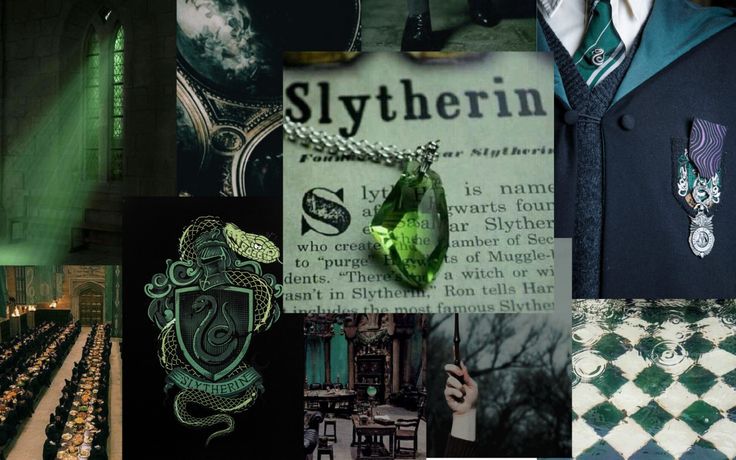
Salazar Slytherin: The Legacy of the Most Mysterious Hogwarts Founder
Share
Among the four legendary founders of Hogwarts School of Witchcraft and Wizardry, Salazar Slytherin remains the most controversial and enigmatic figure. While Godric Gryffindor, Rowena Ravenclaw, and Helga Hufflepuff are often remembered for their virtues of bravery, wisdom, and loyalty, Slytherin’s legacy is shrouded in ambition, cunning, and a deep belief in the purity of bloodlines. But was Salazar Slytherin truly the villain that history paints him to be? Or was he simply a misunderstood visionary?
1. The Vision of Salazar Slytherin
As one of the four founders, Salazar Slytherin was known for his great intelligence, resourcefulness, and ambition. He valued students who possessed cunning, leadership, and a determination to succeed, believing that these traits would help them rise to greatness. His house, Slytherin, would become home to some of the most influential witches and wizards in history, though not all would use their talents for good.
Slytherin also had a strong belief in magical purity, preferring that Hogwarts accept only pure-blood wizards. This belief put him at odds with Godric Gryffindor, who championed the idea that magical ability should define a student, not their ancestry.
2. The Rift Between the Founders
Slytherin’s distrust of Muggle-borns created a deep conflict within the founders. While Rowena Ravenclaw and Helga Hufflepuff valued unity, Gryffindor and Slytherin clashed over the future of Hogwarts. Slytherin feared that Muggle-born witches and wizards could not be trusted and that their inclusion threatened the secrecy and safety of the wizarding world.
Eventually, this dispute led to Slytherin leaving Hogwarts, though his influence remained. Before his departure, he built the legendary Chamber of Secrets, hiding within it a fearsome Basilisk, a creature meant to purge the school of Muggle-borns when the time was right.
3. The Chamber of Secrets and Slytherin’s Legacy
For centuries, the Chamber of Secrets was believed to be a myth, until it was finally opened by Tom Riddle (Lord Voldemort) in the 1940s. As the last known Heir of Slytherin, Voldemort embodied the darkest aspects of Slytherin’s vision—a desire for power, a belief in pure-blood supremacy, and a willingness to use any means necessary to achieve his goals.
However, not all Slytherins follow this path. Many witches and wizards from Slytherin House have used their ambition and cunning for good. This raises an important question: Was Salazar Slytherin truly evil, or was his vision simply twisted by those who came after him?
4. Slytherin: A House of Darkness or Greatness?
While Slytherin House has produced dark wizards like Voldemort, Bellatrix Lestrange, and Lucius Malfoy, it has also produced great wizards like Severus Snape, Regulus Black, and Horace Slughorn—individuals who ultimately chose courage, sacrifice, and redemption.
Slytherin himself was not inherently evil; rather, he was a man of strong beliefs who feared change. His legacy, much like his house, is complex and multifaceted. Ambition, cunning, and self-preservation are not negative traits—they only become dangerous when used without morality.
5. The True Meaning of Slytherin’s Legacy
Salazar Slytherin’s story is a reminder that greatness is not defined by where you come from, but by the choices you make. Though his beliefs may have caused division, his house remains one of the most powerful and influential in Hogwarts.
Perhaps the true lesson of Slytherin’s legacy is this: Ambition is a tool—it can be used to build or to destroy. It is up to each witch or wizard to decide how they will wield it.
